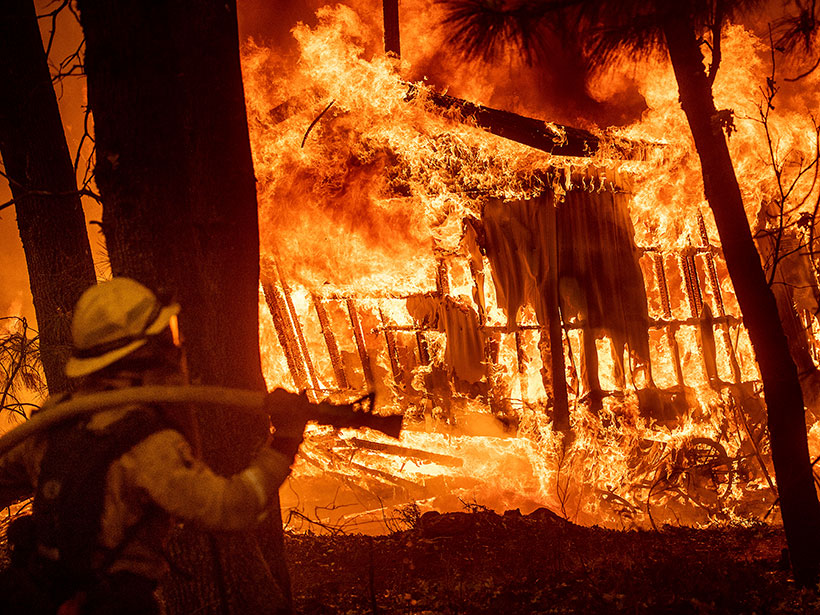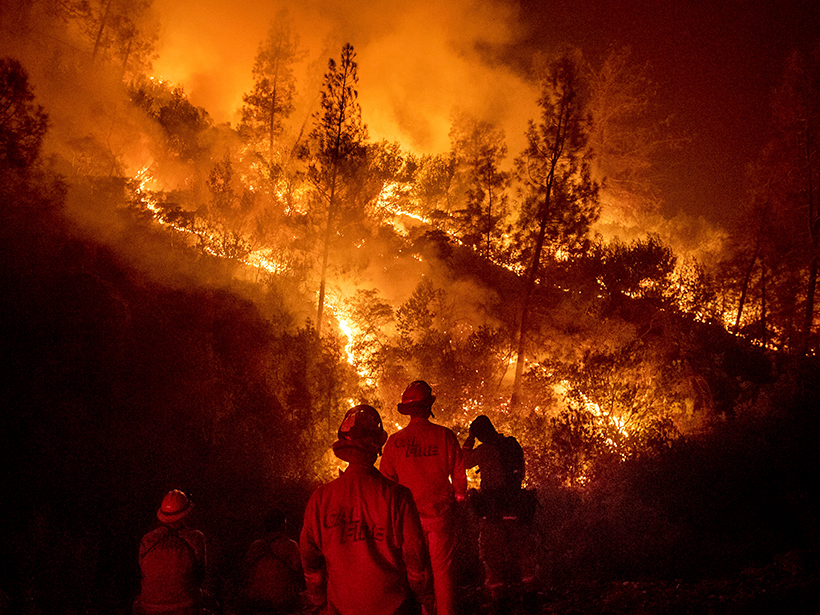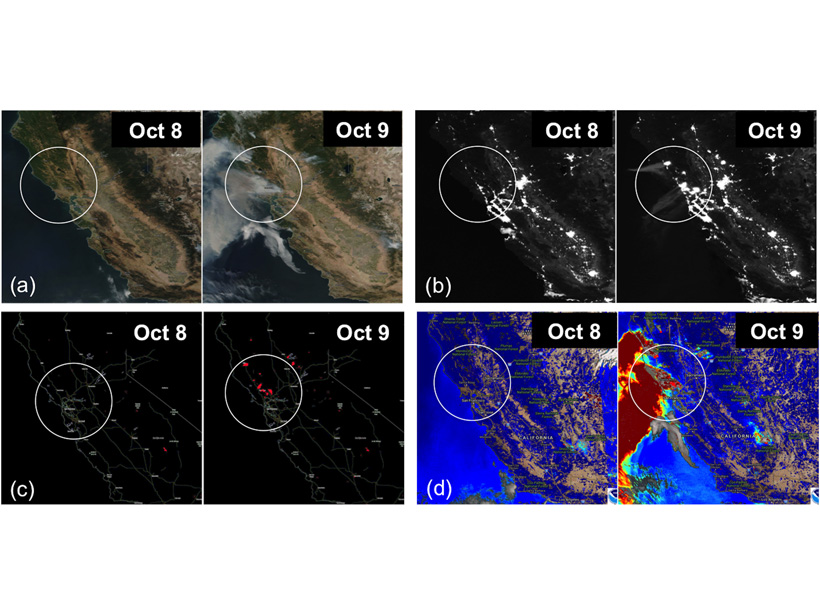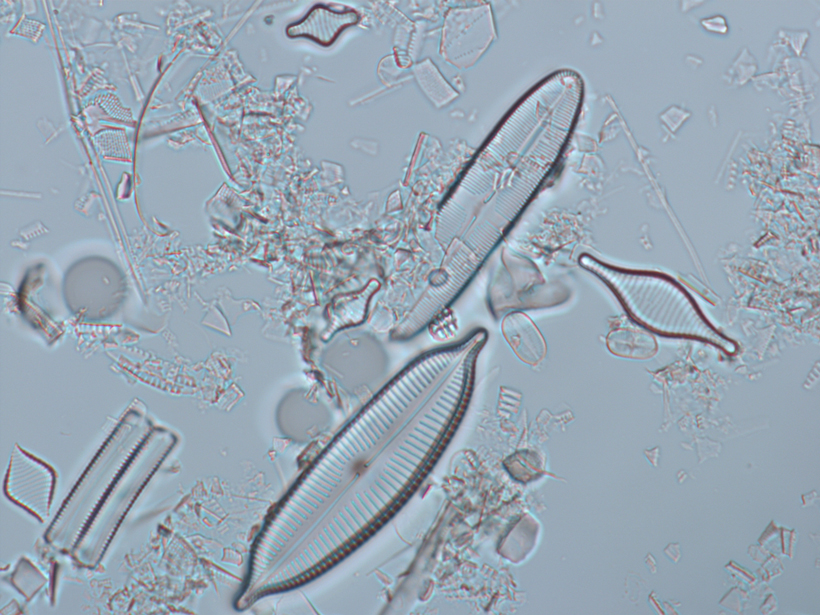Hurricanes, volcanoes, droughts, floods, fires, tsunamis: Satellites capture some of Earth’s most destructive forces.
wildfires
Invisible Wildfire Smoke Has Visible Health Impacts
Wildfires in the Pacific Northwest were linked to upticks in respiratory problems in Colorado, a new study shows.
Communities of Color Are More Vulnerable to Wildfires
Affluent white people are more likely to live in fire-prone areas, but race and socioeconomic vulnerability can put minority communities at greater risk, a new study finds.
How Forecasting Models Are Changing the Way We Fight Fires
Eos speaks with Andy Edman, western region chief of the Science and Technology Infusion Division at the National Weather Service, about how the agency is helping wildfire crews fight fires from space.
Radar Data Highlights Areas Damaged by Wildfire and Debris Flows
Synthetic aperture radar data post-processing can be used to analyze changes in the landscape, providing a useful tool for disaster response.
New Strategies to Protect People from Smoke During Wildfires
Satellite measurements coupled with inexpensive air quality monitors could help protect humans from smoke particulates during wildfire events.
How Paleofire Research Can Better Inform Ecosystem Management
Global Paleofire Working Group 2: Paleofire Knowledge for Current and Future Ecosystem Management; Saint-Hippolyte, Quebec, Canada, 10–14 October 2017
Australian Algae Aid Understanding of Ecosystem Resilience
Wildfires may have driven a critical ecosystem transition in Tasmania’s Lake Vera more than 800 years ago.
Measuring Emissions from Smoldering Peat Fires
A new study measures emission factors for tropical peatland fires in Malaysia.
Southern Greenland Wildfire Extinguished
Scientists are still investigating the cause, fuel source, and overall impact of the weeks-long blaze.










